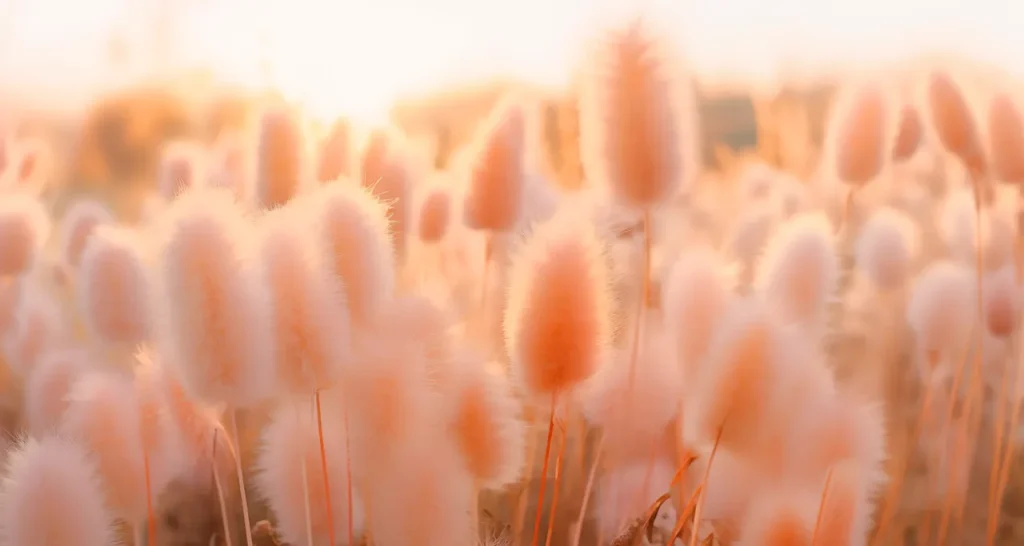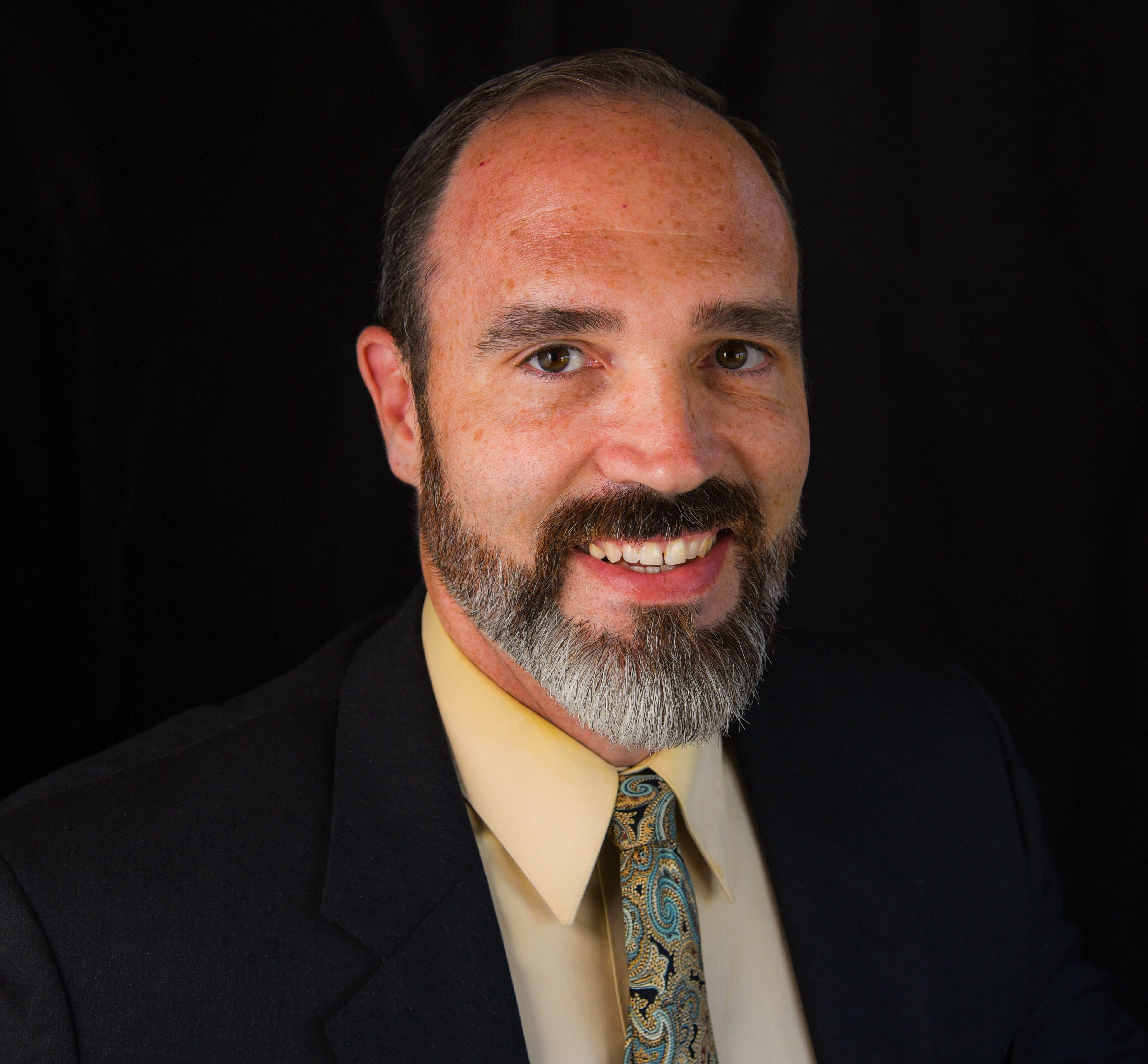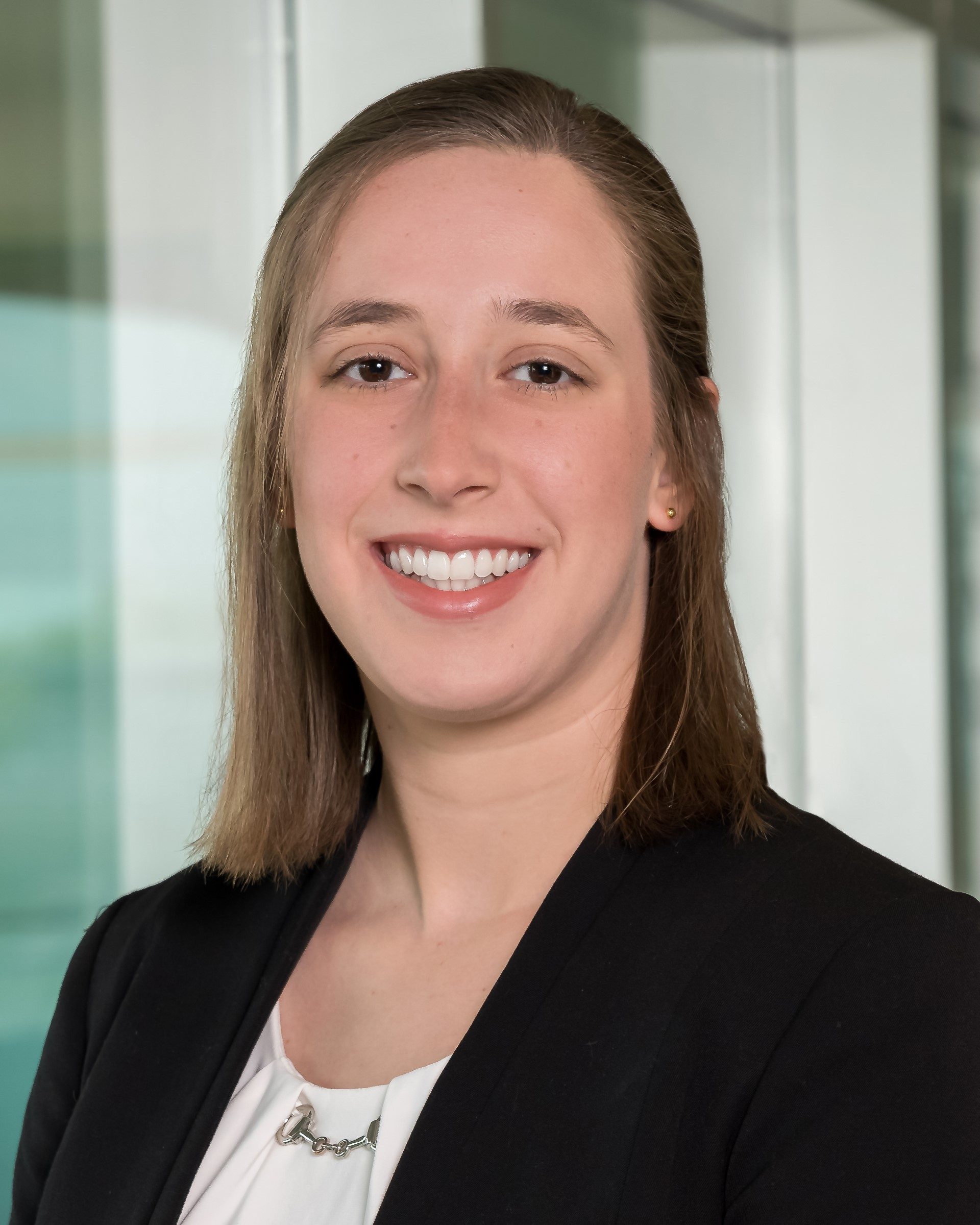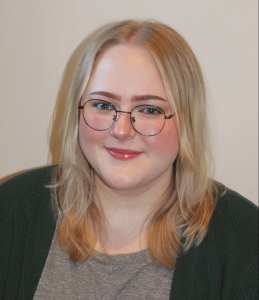Dig Deeper: 2024 Total Eclipse

Photo credit: Melissa Mayes (https://www.pexels.com/photo/glowing-image-of-a-moon-eclipse-6707255/)
By AJ Balinski, with Margot Accettura
Today, April 8, a full solar eclipse will pass over North America, giving residents in Mexico, the United States, and Canada a chance to view a full eclipse for the first time in seven years. It’s expected to last a total of four minutes and 27 seconds, which is nearly double the length of the ‘The Great American Eclipse’ that occurred on Aug. 21, 2017, and was also the first total eclipse in almost a century. Now, a mere 7 years later, eclipse fans have had a short wait, but their anticipation continues to grow.
When the moon passes between the Sun and Earth at just the right time, an eclipse occurs. This can only occur during a new moon. When this happens, the Sun is completely blocked, and it appears as if its dawn or dusk. The Sun is “eclipsed” by the moon’s shadow.
So why are eclipses important anyways? Scientists use eclipses to make important discoveries, such as the detection of helium and studying the Sun’s structure. Today, scientists are concerned with researching the innermost part of the corona of the Sun, a part which can only be viewed during solar eclipses. This data helps scientists produce predictions of “space weather,” or tracking objects as they move away from the Sun.
If you can’t make it outside to see this solar event, this will be the last one seen in the US until 2045. But, if you’re lucky enough to catch a glimpse this April, make sure to take the proper precautions to avoid eye damage. Don’t forget to wear certified eclipse glasses and be careful not to even look through a lens if trying to snap a few shots.
Check out NASA’s website to take a look at the eclipse map and for extra tips on how to prepare.
To learn more about solar eclipses and astronomy, dig deeper into the resources below. And stop by Falvey’s fantastic eclipse event 1-3 p.m.!
Find it at Falvey:
- America’s First Eclipse Chasers by Thomas A. Hockey
- “All Eyes on the Sun,” Science News by James R. Riordon
- The Sneaky Force Behind Our Sun’s Violent Outbursts by Paul M. Sutter
- A History of SOLAR ECLIPSES by Michael Bakich
- Demonstration of How Solar and Lunar Eclipses Occur
- Here to Help; How to Safely View a Solar Eclipse by Elissa Sanci
- Making the Most of the Upcoming SOLAR ECLIPSE DOUBLE-HEADER OCTOBER 14, 2023, and APRIL 8, 2024 by Andrew Fraknoi and Dennis Schatz
- The Astronomical Event OF THE DECADE: A solar eclipse double-header in 2023 and 2024 offers the perfect experience to excite early learners.
- 1,000 Years of Solar Eclipses by Mark Fischetti
- Eclipse of the Century, How Animals React to a Solar Eclipse
 AJ Balinski ’26 CLAS is a Communication major from Gibraltar, Michigan. She works as a Communication & Marketing Assistant at Falvey Library.
AJ Balinski ’26 CLAS is a Communication major from Gibraltar, Michigan. She works as a Communication & Marketing Assistant at Falvey Library.
 Margot Accettura, MLS, is the STEM Librarian at Falvey Library.
Margot Accettura, MLS, is the STEM Librarian at Falvey Library.

 Darren G. Poley is Associate Director of Research Services and Scholarly Engagement, and Theology, Humanities & Classical Studies Librarian at Falvey Library.
Darren G. Poley is Associate Director of Research Services and Scholarly Engagement, and Theology, Humanities & Classical Studies Librarian at Falvey Library.  Abby Stinson ’26 VSB, is a Marketing and Business Analytics major and a student worker at Falvey Library.
Abby Stinson ’26 VSB, is a Marketing and Business Analytics major and a student worker at Falvey Library.
 Kallie Stahl ’17 MA is Communication and Marketing Specialist at Falvey Library.
Kallie Stahl ’17 MA is Communication and Marketing Specialist at Falvey Library.



 Rebecca Amrick is a first year graduate student in the English Department and a Graduate Assistant at Falvey Library.
Rebecca Amrick is a first year graduate student in the English Department and a Graduate Assistant at Falvey Library.


 Annie Stockmal is a second-year graduate student in the Communication Department and Graduate Assistant at Falvey Library.
Annie Stockmal is a second-year graduate student in the Communication Department and Graduate Assistant at Falvey Library.
